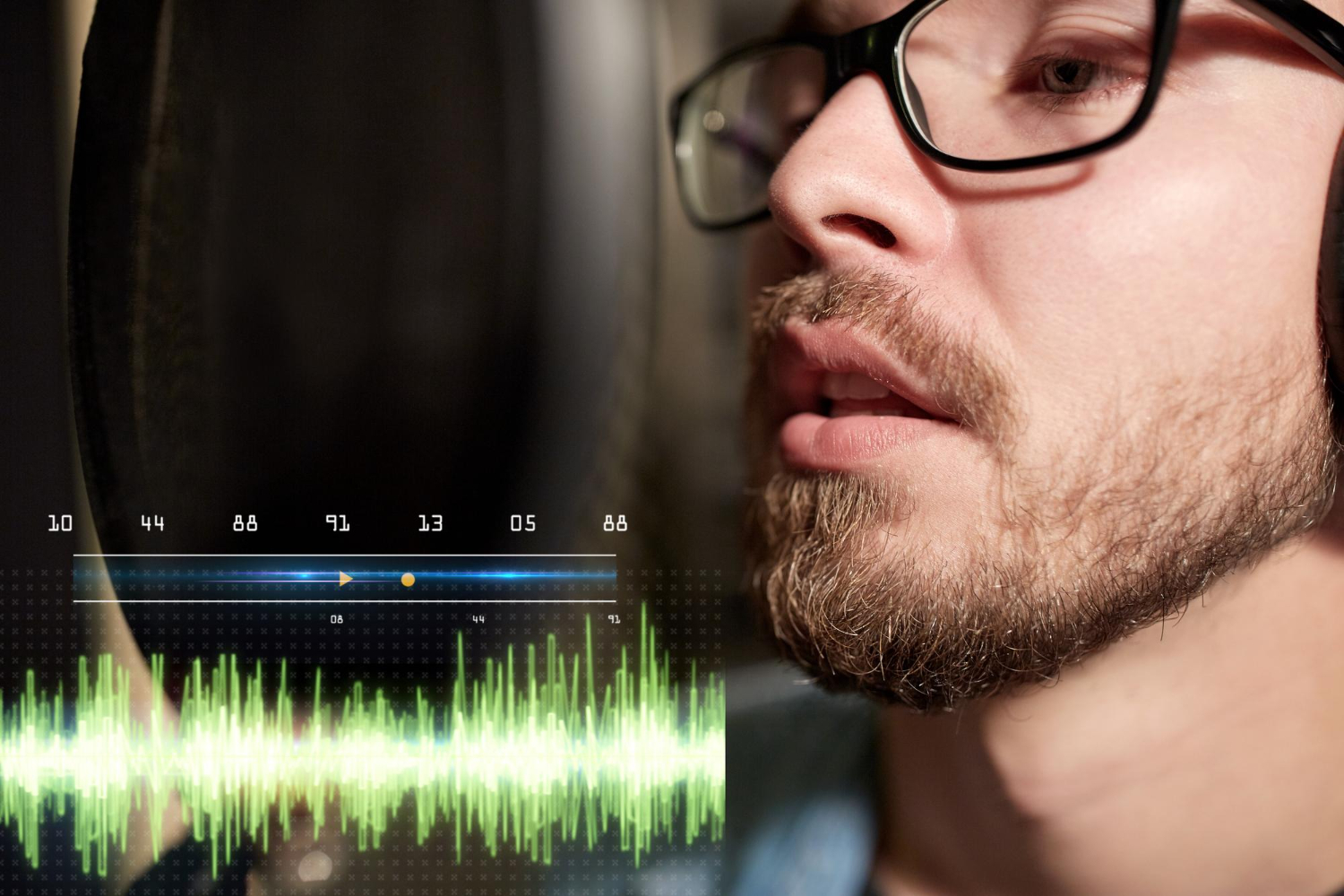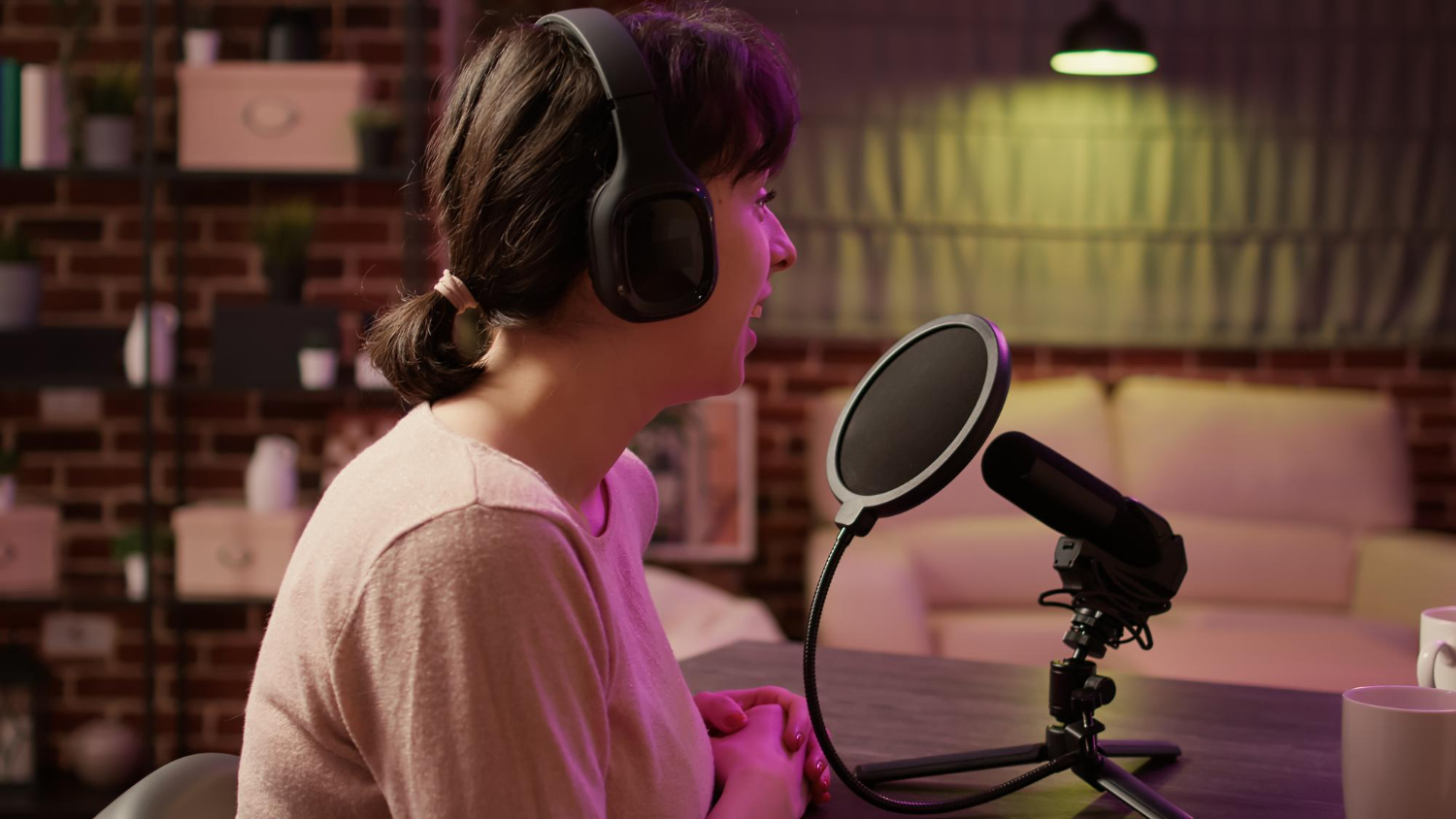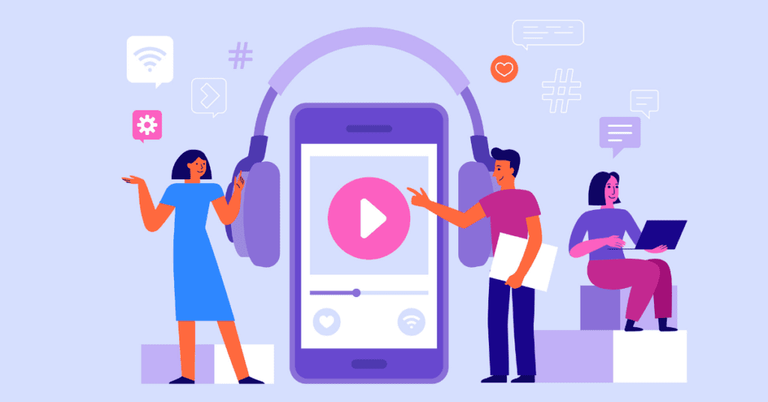Dynamic Capabilities of AI-based Voice Cloning

What was once considered a hallmark of science fiction, voice cloning the near-perfect reproduction of a real person's voice has become a reality in recent years. Thanks to advances in AI, machine learning, deep learning, and text to speech synthesis, it is now possible to create a voice clone with as little as a few minutes recording of a person's voice. Voice cloning technology takes advantage of a set of audios of the original human voice in order to train an AI voice model capable of dissecting speech patterns from the voice samples and generating new audios in the target voice.
The potential applications of voice cloning are manifold. Not only can it be used to help individuals who have lost their voice to communicate in their synthetic voice but also allows content creators to generate AI voice to reduce the time required to manually record a voiceover for a project. Furthermore, voice cloning aids in the creation of entertainment content, like films, video games, and more, where the creators need to quickly produce consistent voice content even if a particular actor is no longer available, or if they passed away before the project is released. In fact, the market demand for voice cloning has increased significantly due to its interesting and varied applications, which include, conversational assistants, dubbing, smart speakers, digital characters, gaming, audiobooks, navigation systems, voice branding, and more.
What makes the technology one of a kind is the fact that it helps automate and personalize the many tasks carried out in these types of applications and domains. That said, this artificial intelligence technology is language and gender independent and can be quickly and easily customized to a specific or familiar voice.

Table of Contents
Real-time AI-driven voice cloning

Cloning a voice typically requires collecting hours of recorded speech to build a dataset and then using the dataset to train a new voice model. But not anymore. Now, neural networks can be trained using random target voice data to generate raw audio samples from the original speaker. The result: faster, dynamic, and more natural-sounding voice.
Neural network-based text to voice models mimic the way the human brain operates and are hence efficient at learning patterns in data. While there are different approaches to the use of deep learning in synthetic voices, most result in better pronunciation of words, as well as capturing subtleties like speed and intonation to create more human-like speech.
Cloning a voice is a great way to create dynamic and unique audio and voice content. Among the other benefits of voice cloning software are it helps save time and money by allowing one to quickly create new content without having to record each piece individually. Furthermore, with voice cloning, businesses can increase advertising and sponsorship opportunities for voice personalities, celebrities, and influencers, revive voices from the past for use in entertainment to help tell a story in documentaries, movies, and TV shows, as well as diversify broadcast content for repeat content such as weather reports or sports updates.
Extensive applications of voice cloning
When it comes to the applications of voice cloning technology, the possibilities are endless. From education to video games to advertising and marketing to assistive technology, there is a myriad of use cases.
Education
Schools and universities, for instance, can clone the voices of historical figures, offering new opportunities for interactive teaching and dynamic storytelling. This significantly transforms the way teachers impart knowledge to students in the form of professionally recorded lectures, complex topics, and other educational materials.
At the same time, using voice cloning solutions educators can turn any written material into a natural sounding voice which can then be downloaded and added to videos or slides to whip up entire lessons with significantly less effort. AI voice cloning eases the burden of recording audio notes for every new session or retaking due to errors.
Audiobooks
With the help of voice cloning software, autobiographies can be read by the author, celebrity voices can be used to narrate books, and historical figures can tell their stories in their own voices. The result is an immersive, high-quality listening and learning experience.
Assistive technology
Synthetic voice can also be used to help people with health issues that impact their speech or disabilities communicate effortlessly. For example, people who suffer from disorders like Parkinson's or ALS can enhance their ability to communicate using a cloned version of their voice.
Virtual assistants and chatbots
Another use case of AI-powered voice cloning is in the form of interactive virtual assistants, voice assistants, and customer service chatbots. Businesses in industries like education, healthcare, and eCommerce can leverage the technology to personalize voice-controlled interactions to enhance customer experience and boost customer engagement with audible product descriptions, among other fields of use.
A Game-changer for marketers
The inevitable rise of voice clones has also expanded the scope for marketers. Firstly, cloning a voice helps brands ensure that their messaging is consistent across all of their marketing materials.
Voice cloning is also a great way to improve content marketing strategy. It enables brands to personalize consumer experience, add an experiential factor for consumers, and save production costs in the advertisement process.
Secondly, voice cloning aids businesses in localizing their marketing content so that it can be heard in different languages. This enables companies to target specific audiences. The technology can also be used to translate an actor's cloned voice into different languages.
Thirdly, using voice cloning technology, marketers can correct footage errors or alter a script without having to re-shoot the entire footage from scratch. In fact, recycling old footage and creating synthetic videos or audio serves as a useful tool for nostalgic marketing campaigns that brands and advertisers could run in the future.
Lastly, voice cloning saves time and production costs, ultimately reducing the marketing budget spend. For example, voice actors aren't always available. Using this technology, you can replicate their voice and quickly use it in your project instead of waiting for them.
The flipside of AI voice cloning
As with every AI technology, voice cloning too has its share of disadvantages. With voice cloning algorithms getting better, it is becoming increasingly difficult to discern what's real and what's not. For example, scammers and fraudsters are using voice cloning to perform phishing and spoofing attacks, including tricking companies into transferring money into their accounts, faking audio samples of famous people for political gains, and other malicious activities.
The reason being the human brain does not register significant differences between real and artificial voices. In fact, it is harder for our brains to distinguish fake voices than to detect fake images. To that end, raising awareness about voice cloning technology and how sophisticated it is will be the first step to safeguarding people from falling for cloned voices used to mislead them.
Developing algorithms that can differentiate real voices from artificial voices is a second alternate solution to ethical voice cloning. Formulating strict guidelines and clear-cut policies will also help minimize the dangers of this technology.
Murf: Taking voice cloning a step forward
Given the fact that today's voice cloning market is awash with numerous voice cloning applications, choosing the most effective one is a tough grind. There are three key criteria to keep in mind: output quality, intuitive interface, and voice protection policies.
The ethical implications surrounding voice cloning are the core of Murf's neural voice cloning technology, which synthesizes the voice of a human from audio samples fed to it. The Murf platform is built to protect user data, ensure the security of their ai voice clone, and provide exclusive access to teams for creating custom voiceovers using text to speech. Murf offers voice cloning services for everything from IVR to advertisements to character voices.

That said, what makes Murf unparalleled is they don't just stop at creating a voice clone but offer a complete voice solution. We work with you and your choice of actor to create a custom voice that is deployed in the feature-packed Murf Studio with secure, exclusive access to you and your team. With advanced voice synthesis, editing, and visual timing features, Murf offers everything one needs to create high-quality voiceovers in minutes.
Creating an AI voice clone with Murf Studio is a simple five-step process that starts with the client briefing the Murf team about their exact requirements. The user is then required to sign up with Murf to build a voice clone for an actor of their choice. Step three involves getting a custom script recorded by the voice actor. This is followed by the Murf team processing the content and voice samples on the backend to get the custom voice ready. And voila, the AI voice clone of your choice is ready. Users can get round the clock access to their custom voice in Murf Studio.
But, is the data safe with Murf?
Yes. Murf has a zero-tolerance policy for illicit, fake, defamatory, or scam content. As a part of their ethical AI policies, they enable traceability of data sources and maintain transparency of usage with business partners. We give users the levers to control their voice, enabling the proper protections so that they decide who can use their voice.
So, what are you waiting for? Use Murf's voice cloning services to build an AI voice clone that is as unique as your brand and make it sound like a million bucks!
Future Trends and Developments in AI Voice Cloning Technology
From enhanced personalization in virtual assistants to applications in entertainment, the evolving landscape of voice cloning is poised to reshape how we interact with technology and media. Let’s look at what the future of voice cloning would like:
Market Expansion and Democratization
The AI voice cloning market, currently valued at USD 1.45 billion in 2022, is expected to grow at a CAGR of 26.1% until 2030. This growth is fueled by the need for AI models that mimic human-like behaviors, speech patterns, and decision-making processes.
Advancements in Emotional Intelligence
A significant advancement in custom voice cloning will be the development of emotionally intelligent and expressive synthetic voices. The ability of AI voices to convey a range of emotions will authentically open up new avenues for human-AI interaction.
Integration with Other Technologies
The integration of voice cloning software with other AI systems is set to revolutionize user experiences. This synergy can lead to more intuitive and engaging interactions in areas like virtual assistance, eLearning, and interactive gaming. The seamless blend of voice cloning with other technologies also promises to create more immersive and personalized user experiences.
Broadening Accessibility and Inclusion
Voice cloning technology is set to redefine accessibility and inclusion, extending beyond mere voice replication. It promises to empower individuals who have lost their voices due to illness or injury by providing them with personalized digital voices. This innovation not only restores a sense of identity but also significantly enhances the quality of life for those affected.
In conclusion, the future of voice cloning holds immense promise, opening doors to unprecedented possibilities. However, as we embrace these advancements, it is crucial to navigate ethical considerations, privacy concerns, and potential misuse. Striking a balance between innovation and responsible use will be pivotal in ensuring a future where voice cloning technology enriches our experiences without compromising integrity and ethical standards.

FAQs
Can AI do voice cloning?
Yes, AI can effectively perform voice cloning. AI utilizes complex algorithms to analyze a person’s voice and replicate it digitally with high accuracy. By capturing the nuances of speech, AI enables the creation of realistic voice replicas, enhancing the user experience in numerous applications. AI voice cloning has several applications, including virtual assistants, personalized audio content, and interactive gaming.
How does AI cloning work?
AI voice cloning operates by analyzing a sample of speech. The voice cloning work involves machine learning algorithms that dissect the unique characteristics of the voice, such as its pitch, tone, and accent. After this analysis, the AI constructs a voice model that can generate speech in the cloned voice. This technology allows the AI to produce speech that closely mimics the original voice, even articulating words or phrases it hasn’t previously encountered.
What is the best voice cloning AI?
Among the various software options available for voice cloning, Murf AI stands out for its ability to produce highly realistic voice clones. Murf AI’s voice cloning technology allows for the creation of spot-on voice matches, offering users the ability to customize the voice in terms of pitch, tone, speed, and more. This customization ensures that the cloned AI voices are not just replicas but can also convey emotions and nuances tailored to specific content needs, such as advertisements, IVR systems, or character voices in games and animations.
How accurate is AI voice cloning?
The accuracy of AI voice cloning has advanced significantly, achieving a level where it can replicate a person’s voice with remarkable precision, often making it indistinguishable from the original. This high degree of accuracy is contingent on the quality of the voice sample provided and the sophistication of the AI algorithms used.
What applications benefit from AI voice cloning technology?
AI voice cloning technology is extensively used in creating virtual assistants, enhancing eLearning platforms, producing personalized audio content, developing customer service bots, and in the entertainment industry, to name a few.
How accurate is AI voice cloning in reproducing a person’s voice?
AI voice cloning has reached exceptional levels of accuracy in reproducing a person’s voice. Modern AI algorithms can capture subtle nuances, tone, and emotion, making the cloned voices nearly indistinguishable from the original.
Is AI voice cloning limited to specific languages or accents?
AI voice cloning is not limited to specific languages or accents. Advanced AI systems are equipped to handle voice cloning in multiple languages and can adapt to various accents. This versatility makes AI voice cloning a globally applicable technology, suitable for diverse linguistic and cultural contexts.
Can AI voice cloning be used for generating synthetic voices for fictional characters?
Yes, AI voice cloning is highly effective for generating synthetic voices for fictional characters. This application is particularly valuable in fields like gaming, animation, and audiobooks, where unique and diverse character voices are essential to create immersive experiences.



